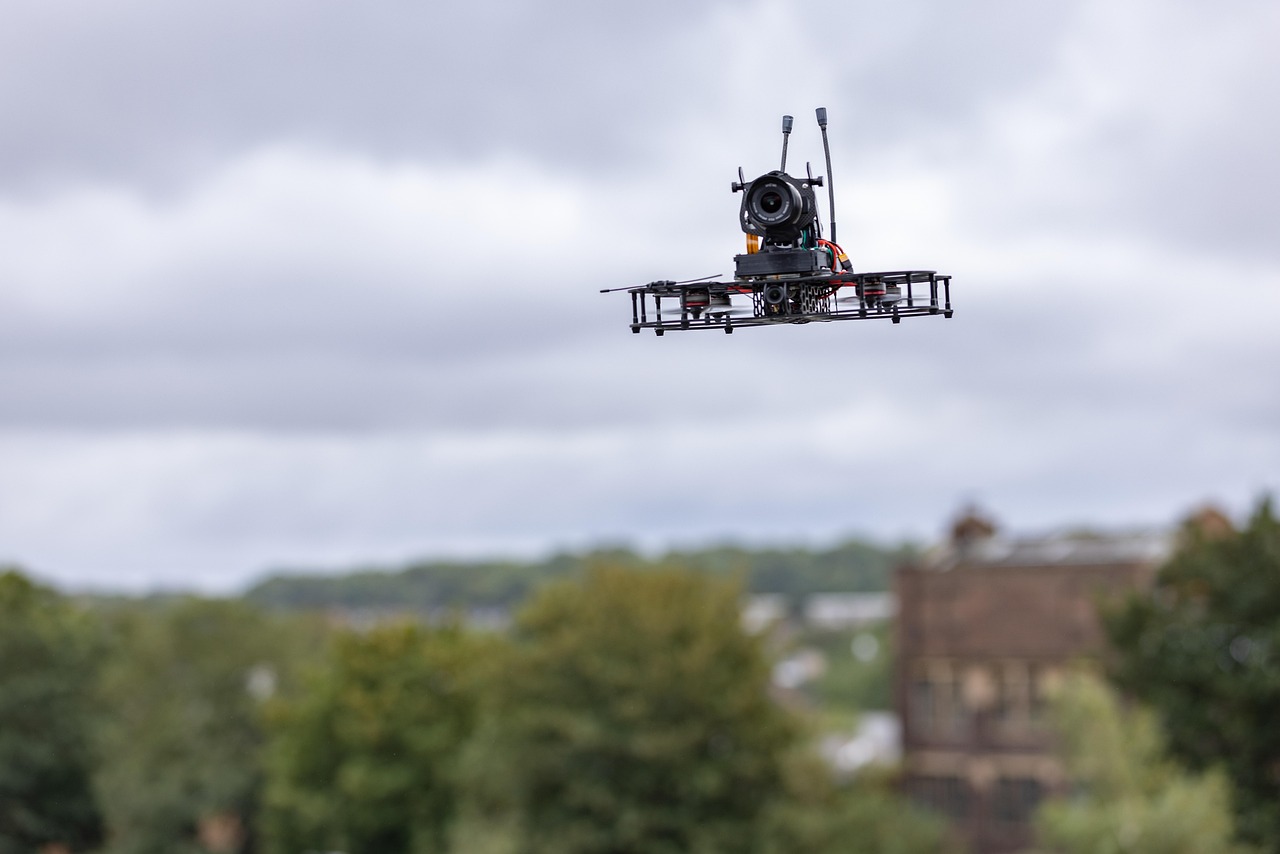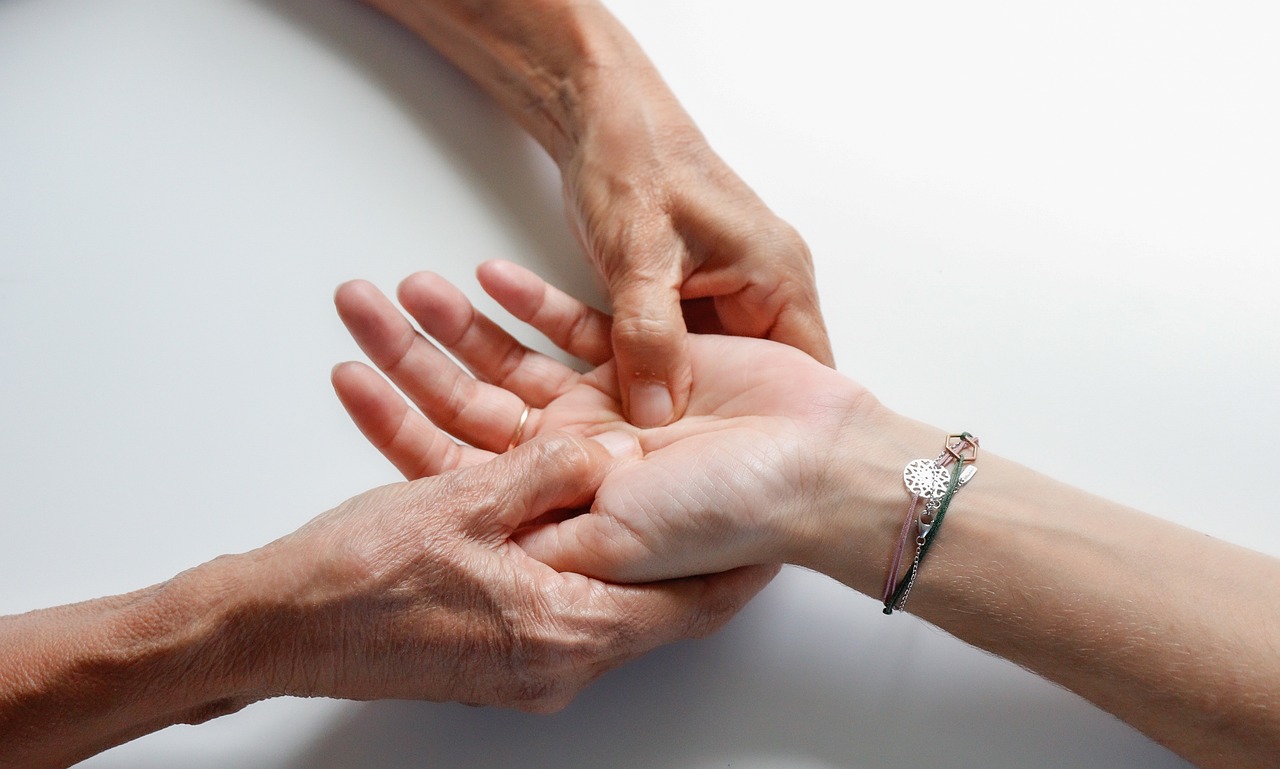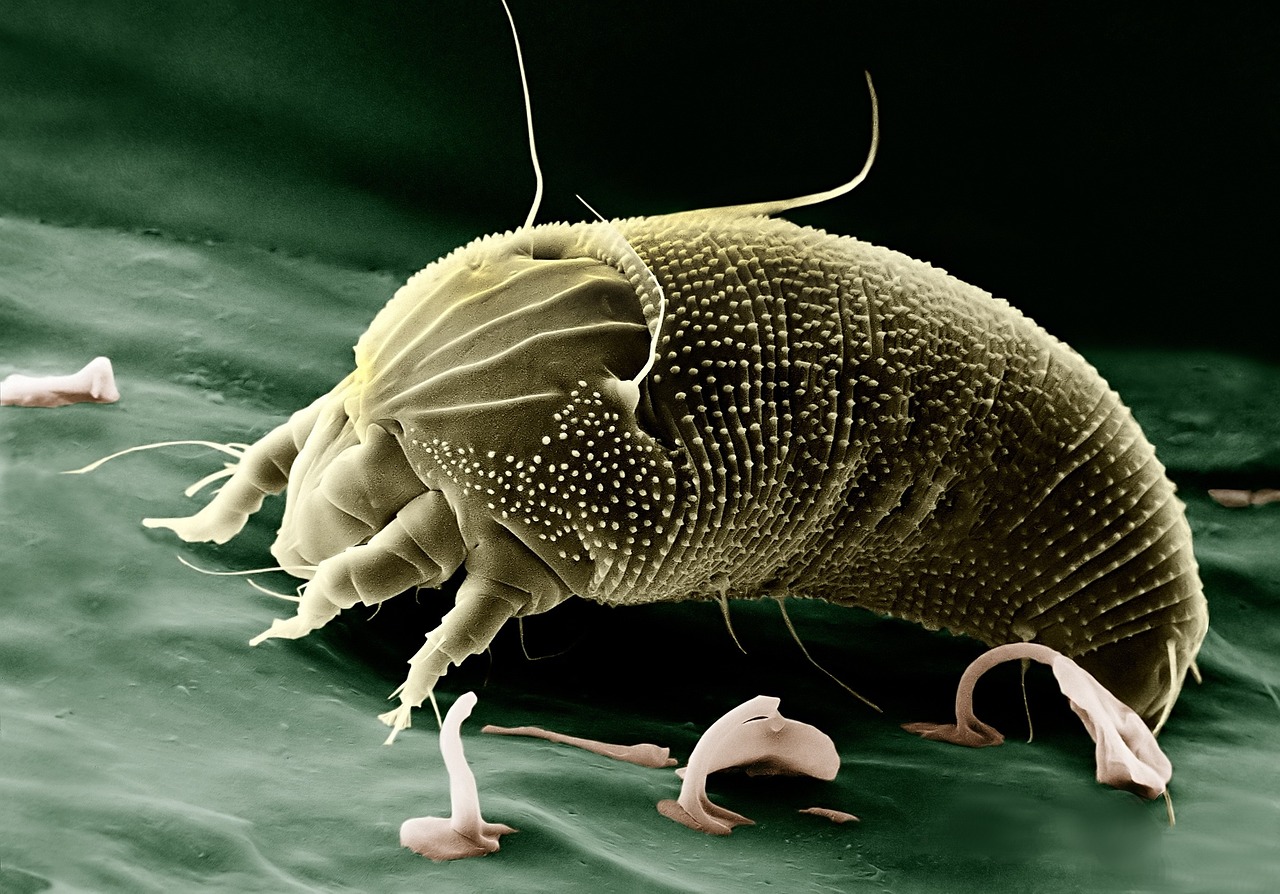
Rice Method For Shin Splints
Understanding Shin Splints
Shin splints, medically known as medial tibial stress syndrome, are a common ailment among athletes and individuals who engage in physical activities. This condition is characterized by pain along the shinbone, or tibia, and is often the result of overuse, improper footwear, or inadequate training techniques. The discomfort can range from mild to severe, impacting one's ability to perform daily activities or engage in sports. Addressing shin splints promptly is essential to prevent further injury and ensure a swift return to physical activity.
The RICE Method Explained
The RICE method is a widely recognized protocol for managing acute musculoskeletal injuries, including shin splints. RICE stands for Rest, Ice, Compression, and Elevation. Each component plays a crucial role in alleviating pain, reducing inflammation, and promoting healing.
1. Rest
Rest is the cornerstone of recovery from shin splints. It is vital to allow the affected area to heal by minimizing activities that exacerbate the pain. Engaging in low-impact exercises, such as swimming or cycling, may be beneficial during the recovery phase. However, it is essential to listen to the body and avoid pushing through the pain.
2. Ice
Applying ice to the affected area can significantly reduce inflammation and numb the pain. It is recommended to apply ice for 15-20 minutes every few hours, especially during the first 48 hours following the onset of symptoms. A cloth or towel should be used to protect the skin from direct contact with the ice, preventing frostbite.
3. Compression
Compression helps to minimize swelling and provides support to the injured area. Utilizing an elastic bandage or compression sleeve can be effective in managing shin splints. Care should be taken not to wrap the bandage too tightly, as this may impede circulation and exacerbate the injury.
4. Elevation
Elevating the affected leg can further assist in reducing swelling. When resting, prop the leg up on pillows or cushions to keep it elevated above heart level. This position encourages fluid drainage from the injured area, promoting a more efficient healing process.
Additional Considerations
While the RICE method serves as an effective initial treatment for shin splints, it is essential to consider other factors that may contribute to the condition. Proper footwear, appropriate training techniques, and gradual increases in activity levels are critical in preventing recurrence. Consulting with a healthcare professional or physical therapist can provide personalized guidance tailored to individual needs.
When to Seek Medical Attention
In some cases, shin splints may be indicative of a more severe underlying condition, such as stress fractures or compartment syndrome. If pain persists despite following the RICE method, or if there are signs of severe swelling, bruising, or inability to bear weight, it is crucial to seek medical attention promptly. Early intervention can prevent further complications and facilitate a more effective recovery.
Conclusion
The RICE method remains a fundamental approach to managing shin splints and other musculoskeletal injuries. By incorporating rest, ice, compression, and elevation into the recovery process, individuals can alleviate pain and promote healing. Understanding the importance of proper care and preventive measures is essential for maintaining an active lifestyle and avoiding future injuries.

















 Headwear For Lesser Royalty
Headwear For Lesser Royalty 
 Health
Health  Fitness
Fitness  Lifestyle
Lifestyle  Tech
Tech  Travel
Travel  Food
Food  Education
Education  Parenting
Parenting  Career & Work
Career & Work  Hobbies
Hobbies  Wellness
Wellness  Beauty
Beauty  Cars
Cars  Art
Art  Science
Science  Culture
Culture  Books
Books  Music
Music  Movies
Movies  Gaming
Gaming  Sports
Sports  Nature
Nature  Home & Garden
Home & Garden  Business & Finance
Business & Finance  Relationships
Relationships  Pets
Pets  Shopping
Shopping  Mindset & Inspiration
Mindset & Inspiration  Environment
Environment  Gadgets
Gadgets  Politics
Politics 